In manufacturing, warehousing, and stone fabrication industries, the movement and handling of raw material and Work-In-Process (WIP) is a fundamental activity that determines production efficiency, cost control, and workplace safety. Whether using manual material handling tools or advanced automated material handling systems, organizations must assign responsibility to the right personnel to ensure smooth operations.
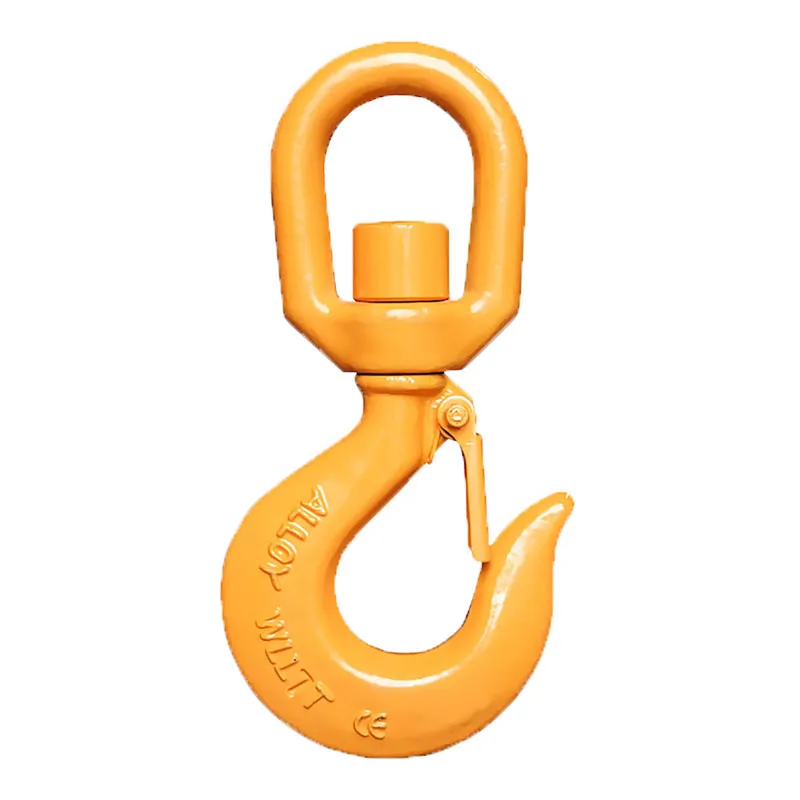
Table of Contents
ToggleUnderstanding Raw Material and WIP Handling
Raw materials are the unprocessed inputs for manufacturing, while WIP refers to partially completed goods. Efficient movement and storage of these items requires a combination of material handling equipment, strategic workflow design, and trained personnel.
For a full overview of material handling basics, see:
🔗 What Is Material Handling? Types, Equipment, Functions, Safety, and Warehouse Optimization
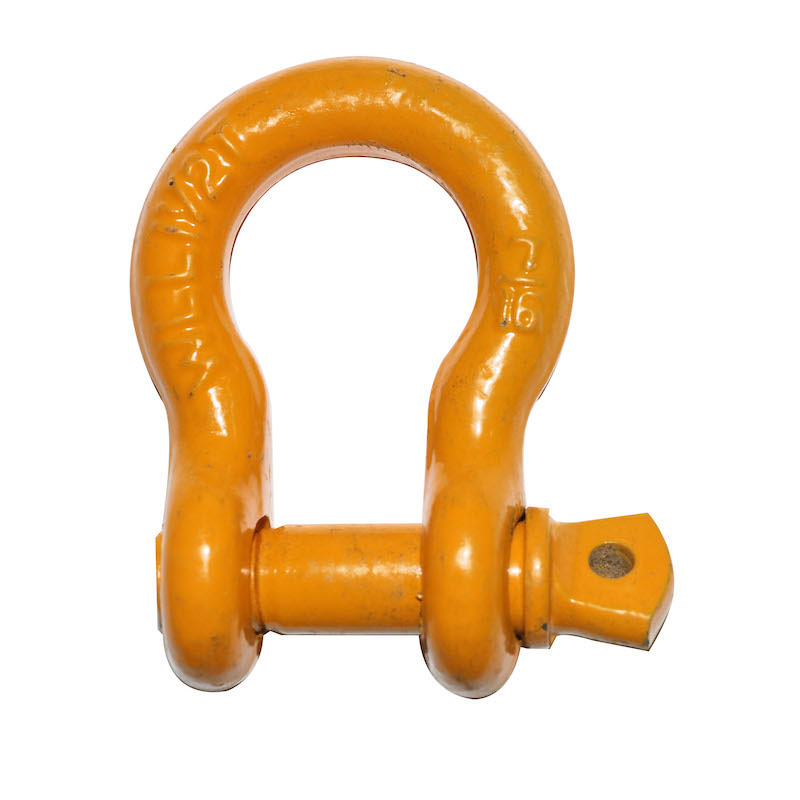
Key Roles Responsible for Raw Material and WIP Movement
1. Material Handlers
These are the frontline workers who manually or mechanically move raw materials and WIP between workstations. They often operate forklifts for material handling, cranes and hoists, or material handling carts and trolleys.
2. Production Operators
In some facilities, production staff are trained to handle and move their own materials to minimize downtime.
3. Warehouse and Inventory Staff
They manage incoming raw material storage, track WIP locations, and prepare materials for the next stage in the process.
4. Supervisors and Coordinators
These roles oversee scheduling, monitor workflow, and ensure safe handling practices are followed according to material handling safety standards.
Equipment Commonly Used in Raw Material and WIP Movement
- Bulk material handling systems for large-volume items
- Overhead material handling systems for heavy or awkward loads
- Conveyors for material handling in automated lines
- Vacuum lifters and slab lifters for delicate or heavy stone products
- Paver lifters for construction materials – see paver lifter
For delicate products, operators must also consider clothing safety:
🔗 Loose Clothing Is Best to Wear When Handling Material?
Why Proper Assignment of Responsibility Matters
Without clear responsibility:
- Material may be misplaced, delaying production
- Safety hazards can increase, risking injury
- WIP can be damaged, increasing costs
- Workflow becomes inefficient, impacting output
For insights into the safety side, see:
🔗 Who Is Responsible for the Safe Operation of Material Handling Equipment?
Industry Examples
- Stone Fabrication – Moving raw stone slabs to cutting stations is often handled by trained stone fabrication specialists who know how to secure, lift, and transport heavy slabs safely.
🔗 What You Should Know About Stone Fabrication and Installation - Food Industry – Pharmaceutical material handling systems and industrial material handling solutions often require trained operators to maintain hygiene standards.
- Construction – Heavy-duty material handling solutions like cranes are managed by certified operators.
Training and Safety in Raw Material and WIP Handling
Proper training covers:
- Ergonomic handling techniques to prevent injury
- Safe use of manual material handling tools and automated material handling systems
- Load securing methods for forklifts and cranes
- Compliance with OSHA or relevant local regulations
Conclusion
Responsibility for the movement and handling of raw material and WIP lies primarily with material handlers, production operators, and warehouse staff, all supported by supervisors and management. Assigning these duties to trained, safety-conscious personnel ensures operational efficiency, protects assets, and safeguards workers.
From forklifts in logistics to overhead systems in manufacturing, proper responsibility assignment is the backbone of a productive, safe workplace.

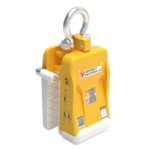
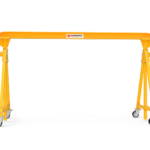
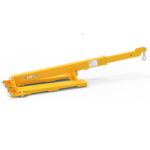

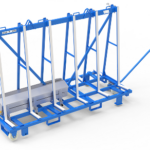

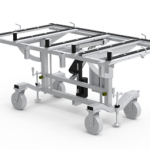

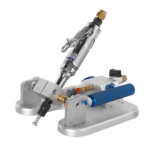
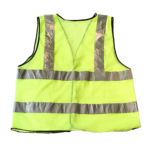

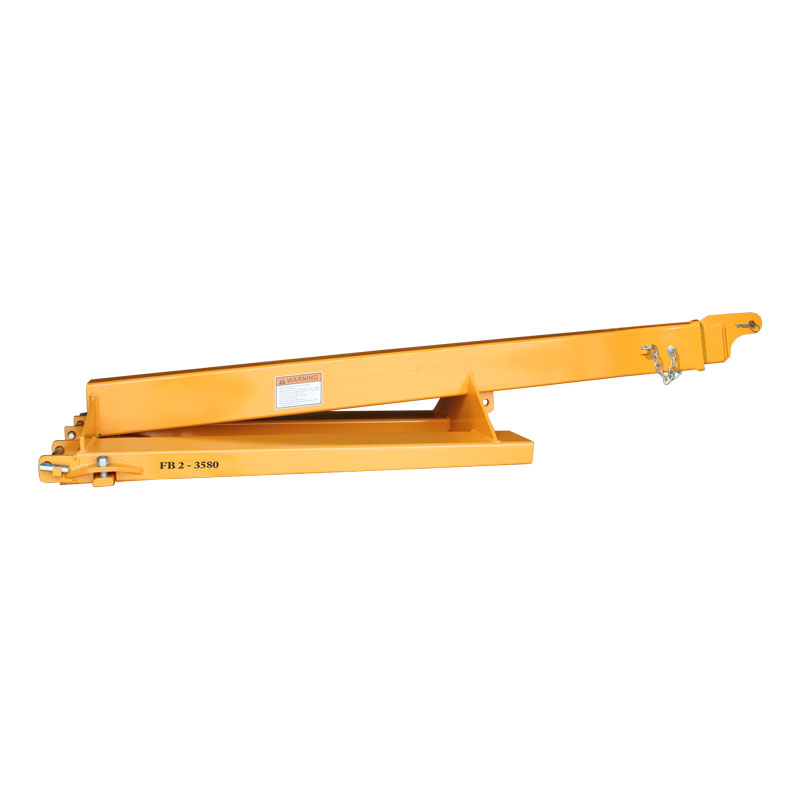
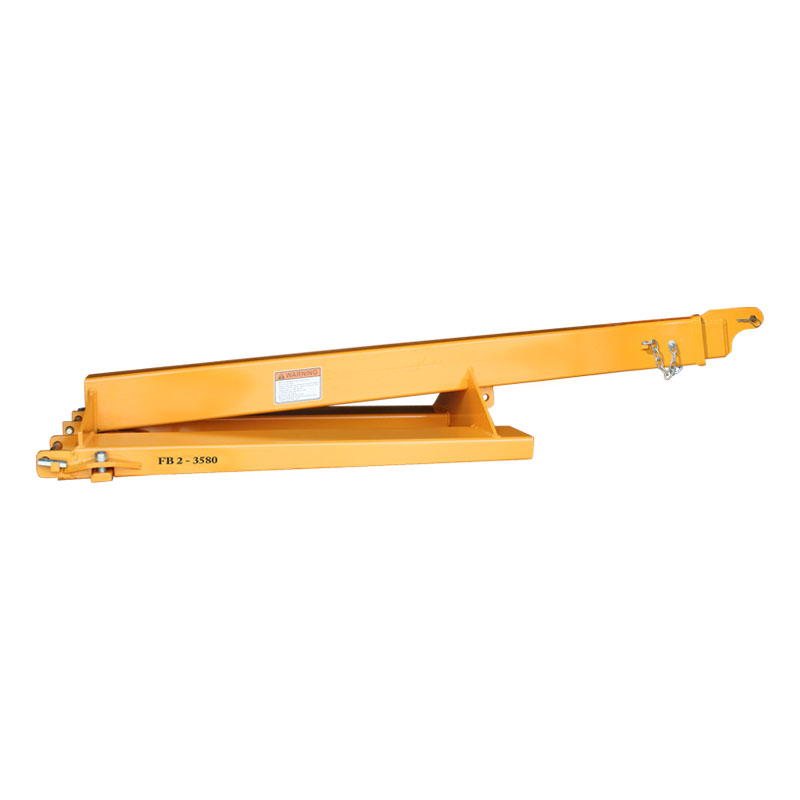
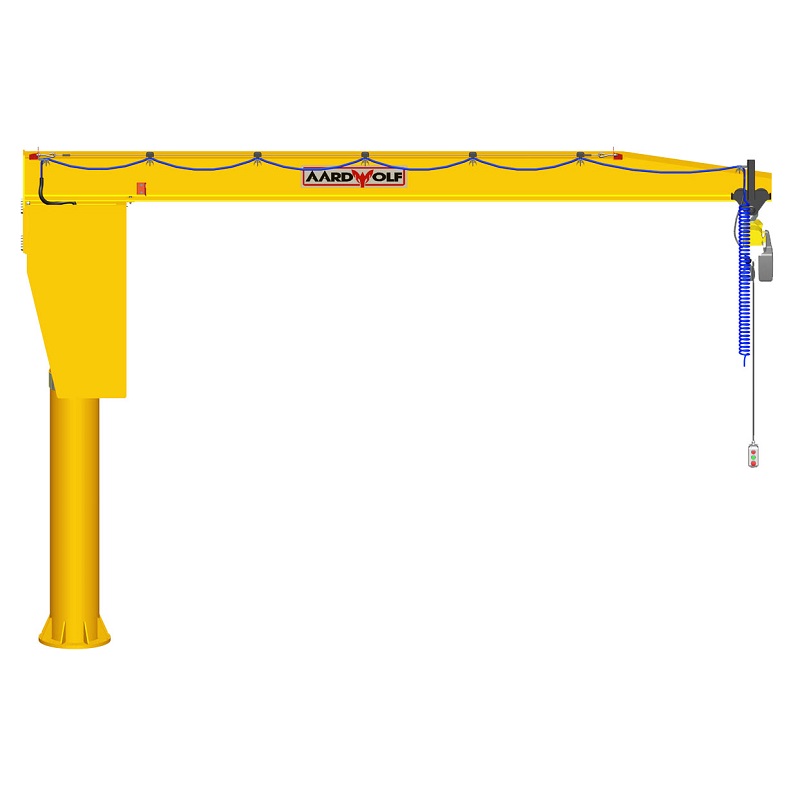


Please log in to leave a comment.